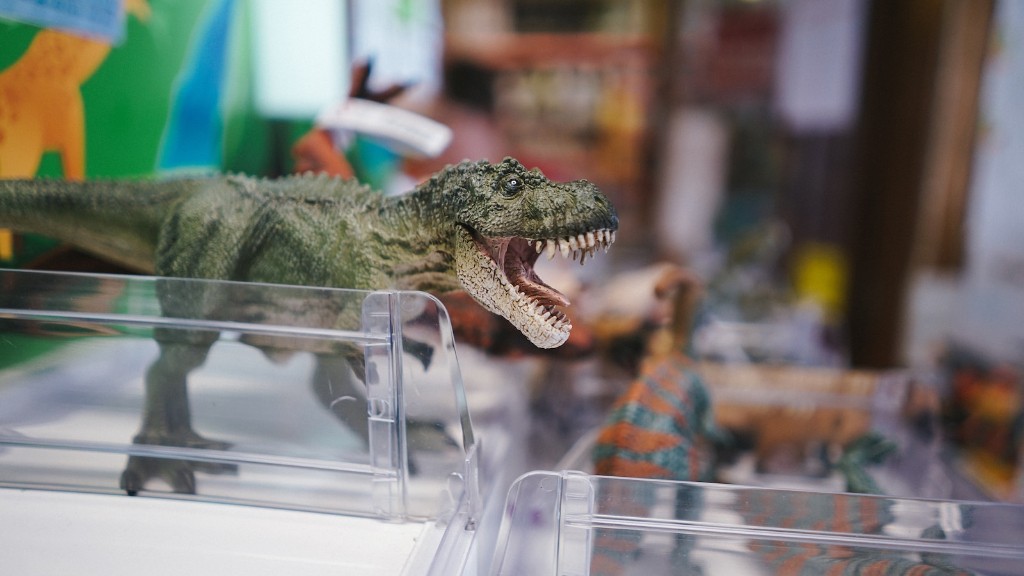What Percentage of Dinosaur Bones are Radioactive
Have you ever wondered about the mysterious secrets hidden within the ancient bones of dinosaurs? These magnificent creatures that roamed the Earth millions of years ago continue to captivate our imaginations. But what percentage of these fossilized remains are radioactive, emitting a silent yet powerful energy from a time long past?
The Fascinating Realm of Dinosaurs
Dinosaurs, those colossal beings of the past, hold an enchanting allure for both young and old alike. Their fossilized bones transport us to an era when Earth was a very different place. It’s no wonder that questions arise about the extent of radioactivity within these remnants of prehistoric life.
A Glimpse into the Radioactive Past
To uncover the truth, we embark on a journey through time and delve into the world of radiation. As we venture deeper, we discover that fossils can indeed possess varying degrees of radioactivity. This ancient energy lies within the elements that compose the bones themselves – the isotopes of elements like uranium, thorium, and potassium.
The Radioactive Dance
Picture a mesmerizing dance between these isotopes, each vying for their moment in the spotlight. But fear not, for their radioactive emissions are not harmful to us. Instead, they serve as indicators of the history and age of these dinosaur remains.
The Elusive Percentage
As we attempt to unveil the exact percentage of radioactive dinosaur bones, we are met with a challenge. Since not all fossils are subject to rigorous scientific analysis, determining an accurate overall percentage becomes elusive. However, studies suggest that a significant portion of these ancient remains do possess varying levels of radioactivity.
The Power of Evolutionary Radiance
It’s important to note that this radiation is a natural phenomenon. Over millions of years, as the Earth transformed and developed, these isotopes found their way into the bones of dinosaurs. They are a testament to the incredible forces of evolution that have shaped our planet.
A Glimmer of Refined Understanding
While we may not have an exact percentage, scientific research hints at the prevalence of radioactivity in a wide range of dinosaur fossils. From the towering Tyrannosaurus rex to the swift Velociraptor, these ancient beings continue to share their radiant stories with us.
The Mysteries of Dinosaurs Unveiled
The allure of dinosaurs lies not only in their sheer size and dominance but also in the tantalizing mysteries that surround them. As we explore the radioactive nature of their bones, we unravel another layer of these enigmatic creatures. Their fossilized remains not only provide a glimpse into a long-lost era but also offer a fascinating insight into the natural processes that shape our world.
A Mosaic of Ancient Wonders
When we gaze upon the reconstructed skeletons of dinosaurs in museums, we are witnessing a beautiful mosaic of ancient wonders. Each bone, with its unique blend of radiation and time, contributes to the awe-inspiring narrative of our planet’s history. It’s a story that unfolds before our very eyes, reminding us of the tremendous diversity and resilience of life itself.
Embracing the Luminescence of Discovery
Let us embrace the luminescent beauty of this discovery. The percentage of radioactive dinosaur bones may elude us for now, but that only adds to the wonder and excitement of the quest. With every new scientific revelation, we come closer to unraveling the secrets held within these ancient remnants, and with them, a deeper understanding of our own existence on this extraordinary planet.



